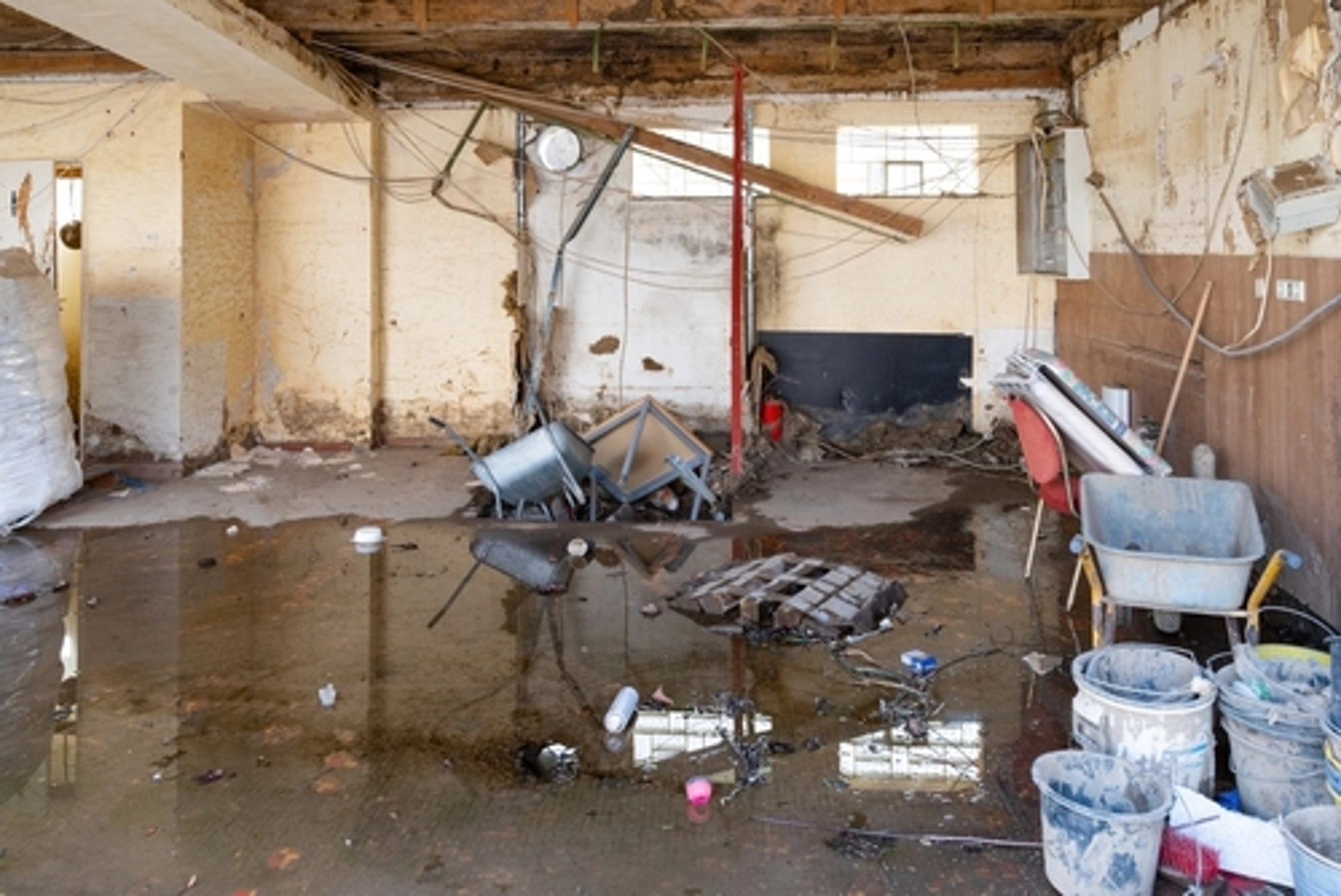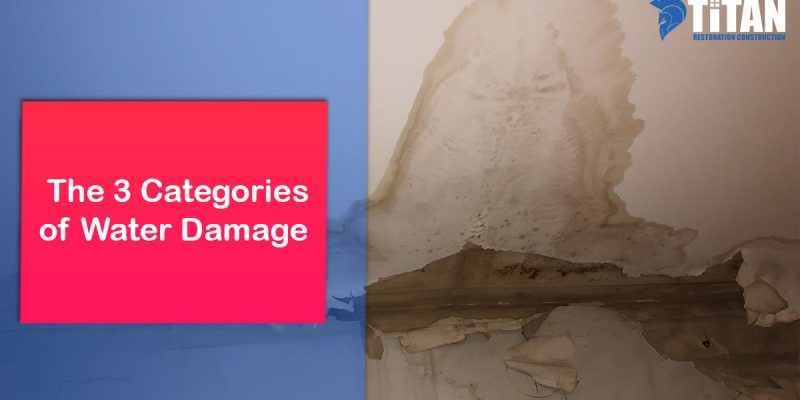Top Water Mitigation Company for Fast Response and Quality Service
Top Water Mitigation Company for Fast Response and Quality Service
Blog Article
The Process of Water Damages Cleaning: Guaranteeing Your Home Is Brought Back Successfully
Water damages can be a challenging difficulty for homeowners, requiring a organized and precise cleanup process to restore safety and capability. damage restoration services. Following this, efficient water removal methods play a critical duty in alleviating further harm.
Assessing the Damages
Upon uncovering water damage, the first step is to completely examine the degree of the effect. This first evaluation is important, as it helps figure out the necessary actions for reliable clean-up and remediation. Begin by inspecting the impacted locations, consisting of wall surfaces, ceilings, floors, and individual belongings, to identify the source of the water intrusion, whether from flooding, leakages, or condensation.
Recording the damage is vital for both insurance cases and intending repair initiatives - damage restoration services. Use pictures and written notes to capture the seriousness of the damages, keeping in mind any type of damaged structural elements and materials. Pay unique attention to areas that may not be immediately visible, such as behind wall surfaces and under carpets, as hidden wetness can lead to more issues, including mold development
In addition, analyze the timeline of the water direct exposure. The longer the products continue to be wet, the better the capacity for damages. Recognizing the period of direct exposure will notify the urgency of removal initiatives. Eventually, a comprehensive assessment lays the groundwork for a successful water damage cleaning process, ensuring that all impacted areas are attended to effectively and thoroughly.
Water Removal Strategies

Experts generally utilize completely submersible pumps for larger quantities of water, which can quickly minimize flooding in basements or other influenced areas. For smaller amounts, wet/dry vacuum cleaners are typically used to extract recurring moisture from carpets and tough surface areas. In addition, using mobile extractors permits targeted elimination in confined spaces or areas with delicate products.
In circumstances of infected water, such as sewage or floodwater, advanced removal strategies may include the usage of biohazard equipment to ensure security and compliance with health policies. High-powered removal tools are important in minimizing water retention in architectural materials, which can cause mold and mildew development and structural wear and tear otherwise dealt with quickly.
Ultimately, the effectiveness of water removal strategies plays a critical role in the total success of the water damage clean-up procedure, preparing for subsequent remediation initiatives.
Drying and Dehumidification
As soon as standing water has been effectively drawn out, the next crucial stage in the water damages cleaning process is drying and dehumidification. This action is important to protect against more damage and mold development, which can occur within 24 to two days in wet atmospheres.
To attain effective drying out, specialized devices such as industrial-grade air movers and here dehumidifiers is used. Air movers distribute air across damp surfaces, boosting dissipation rates, while dehumidifiers reduce humidity degrees airborne, advertising a favorable setting for drying out. The combination of these devices ensures that wetness is drawn out from wall Read More Here surfaces, floorings, and home furnishings, enabling them to completely dry thoroughly.
It is very important to monitor the drying out procedure very closely. Professionals typically use wetness meters to evaluate the moisture material in different products, guaranteeing that all influenced locations reach appropriate dryness levels. This precise method aids to avoid surprise dampness pockets that could result in structural damage or unhealthy mold growth.

Cleaning and Disinfecting
After the drying and dehumidification phase is total, the following important action in water damages cleanup is cleaning up and disinfecting the affected areas. This process is critical to stop the growth of mold and mildew, bacteria, and various other microorganisms that prosper in moist settings.
The cleaning stage normally involves removing any type of debris, dust, and contaminants from surface areas using specialized cleaning up agents. For hard surfaces, a mix of soap and water or commercial cleaning items is frequently employed. Soft materials, such as furniture and carpetings, may need a lot more comprehensive cleaning techniques, consisting of vapor cleaning or deep extraction strategies, to ensure extensive cleanliness.

Disinfecting complies with cleaning, utilizing EPA-approved anti-bacterials to remove harmful microorganisms. This step is necessary, specifically in areas that may have entered into contact with floodwaters or sewer, as these resources can position major health dangers.
Additionally, it is vital to attend to any kind of continuing to be smells, which might call for using smell neutralizers or sophisticated techniques like ozone therapy. Appropriate cleaning and sanitizing not just recover the safety and health of your home but likewise Resources lay the groundwork for successful remediation and repairs in succeeding stages of the water damages clean-up process.
Reconstruction and Repair Work

As soon as the evaluation is complete, remediation efforts can begin. In addition, flooring may need similar interest, depending on the degree of water direct exposure.
It is crucial to engage knowledgeable remediation specialists during this process, as they have the competence to manage complex repairs successfully. In addition, they can aid minimize potential future issues, such as mold development or architectural instability, hence making sure a secure and habitable living setting. Ultimately, effective remediation and fixings restore the home's honesty and improve its general value.
Conclusion
In conclusion, the procedure of water damages clean-up is crucial for restoring a home to its pre-damage problem. Each stage, from assessing the damage to applying reliable water removal techniques, adhered to by complete drying out, sterilizing, and required repair services, plays a vital duty in making sure safety and security and compliance with structure requirements. Effective implementation of these steps not only alleviates instant damage however also boosts the lasting stability and value of the property.
Water damage can be an overwhelming obstacle for house owners, requiring a thorough and organized cleanup process to restore safety and security and capability. Eventually, a comprehensive analysis lays the groundwork for a successful water damage cleanup process, making sure that all impacted locations are addressed effectively and extensively.
Reliable water removal techniques are necessary in minimizing damage and protecting against further problems following a water invasion event.In final thought, the procedure of water damage cleanup is critical for restoring a home to its pre-damage condition. Each stage, from analyzing the damage to applying effective water removal strategies, followed by comprehensive drying, sanitizing, and necessary fixings, plays a necessary duty in making sure security and conformity with structure requirements.
Report this page